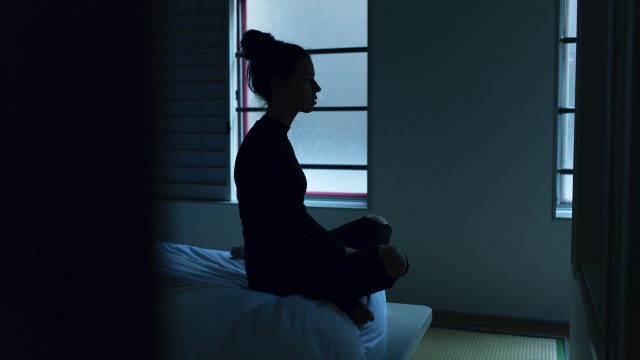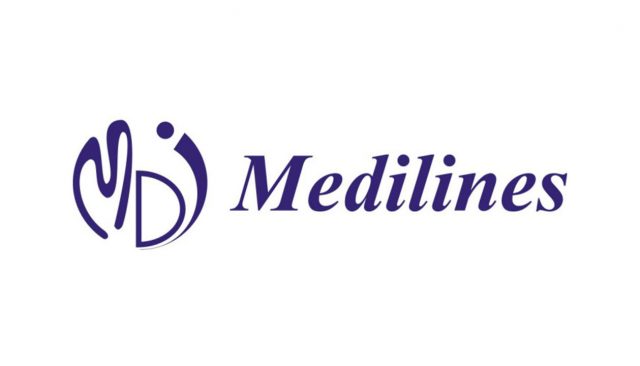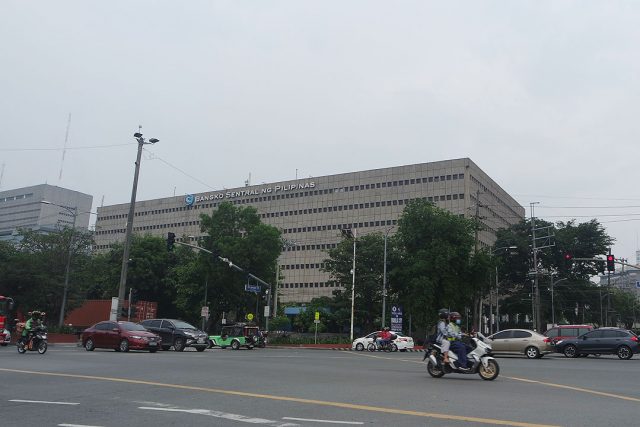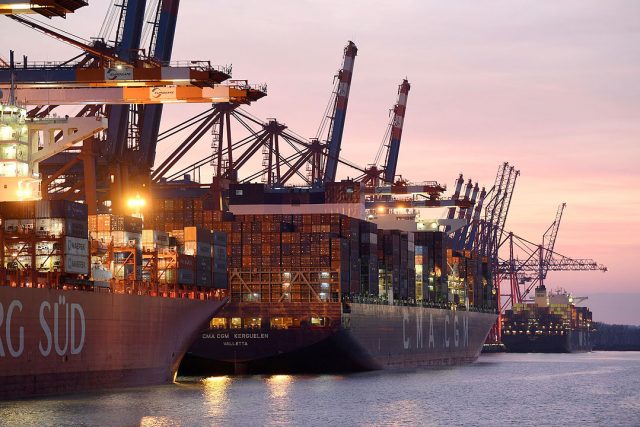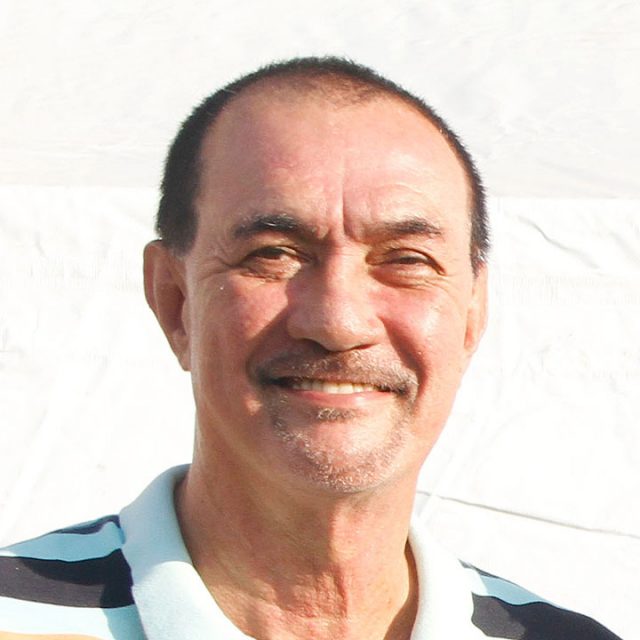Citi’s top art collection should stay in Mexico, AMLO says

MEXICO’S President Andres Manuel Lopez Obrador wants the extensive art collection held by Citigroup, Inc.’s local unit, with works by artists such as Frida Kahlo, Diego Rivera, and David Alfaro Siqueiros, to remain in the country as the bank exits part of its business.
The US bank is preparing to sell its Mexican retail operation, known as Citibanamex, and the fate of the art and heritage pieces owned by its Fomento Cultural Banamex foundation have become the focus of debate. The institution, headquartered in an 18th century baroque palace in Mexico City’s downtown, is one of Mexico’s biggest patrons of arts and culture in the country, and manages historical buildings.
“We’re talking about buildings and art collections of the best painters of Mexico and of the world,” AMLO, as the president is known, said at a press briefing on Monday, his first day back in public after recovering from coronavirus disease 2019 (COVID-19). “It’s cultural patrimony, and we’re looking for it to stay in our country.”
Citigroup, Inc. is planning to exit retail-banking operations in Mexico, where it has its largest branch network in the world, as part of Chief Executive Officer Jane Fraser’s continued push to overhaul the firm’s strategy.
The sale of one of Mexico’s oldest banks is testing AMLO’s nationalist impulses since its announcement a week ago, with the president calling for the bank to be acquired by Mexican investors. On Sunday, Foreign Affairs Minister Marcelo Ebrard proposed on Twitter that the foundation’s collection be turned over to the state, to make up for a 1990s bank bailout that saddled the federal government with debt.
Nevertheless, the president, who has directed his administration to go after tax evaders to boost budget revenue, said that his government would not try to a put a wrench in a sale that could generate a significant sum for state coffers.
“We’re going to look at the legal aspects but we do not want to create problems for the sale or create obstacles, because we want to show that in Mexico there is true rule of law and there are guarantees for investors,” he said.
‘INVALUABLE’
The collection includes over 600 paintings, drawings and sculptures together with colonial buildings in several Mexican cities, said Alberto Gomez Alcala, a Citibanamex director, adding that its total value is not publicly available. The art’s future under a new owner remains uncertain, though he expected that the buyer would follow tradition and keep the objects in Mexico.
“It will be sold all together, not one part here, and another part there. Everything will be sold under the umbrella of the National Bank of Mexico,” Mr. Gomez Alcala said in a call with reporters last week. “The number of pesos or cents doesn’t matter. For us, it’s invaluable. It’s a signature part of the brand.” — Bloomberg


